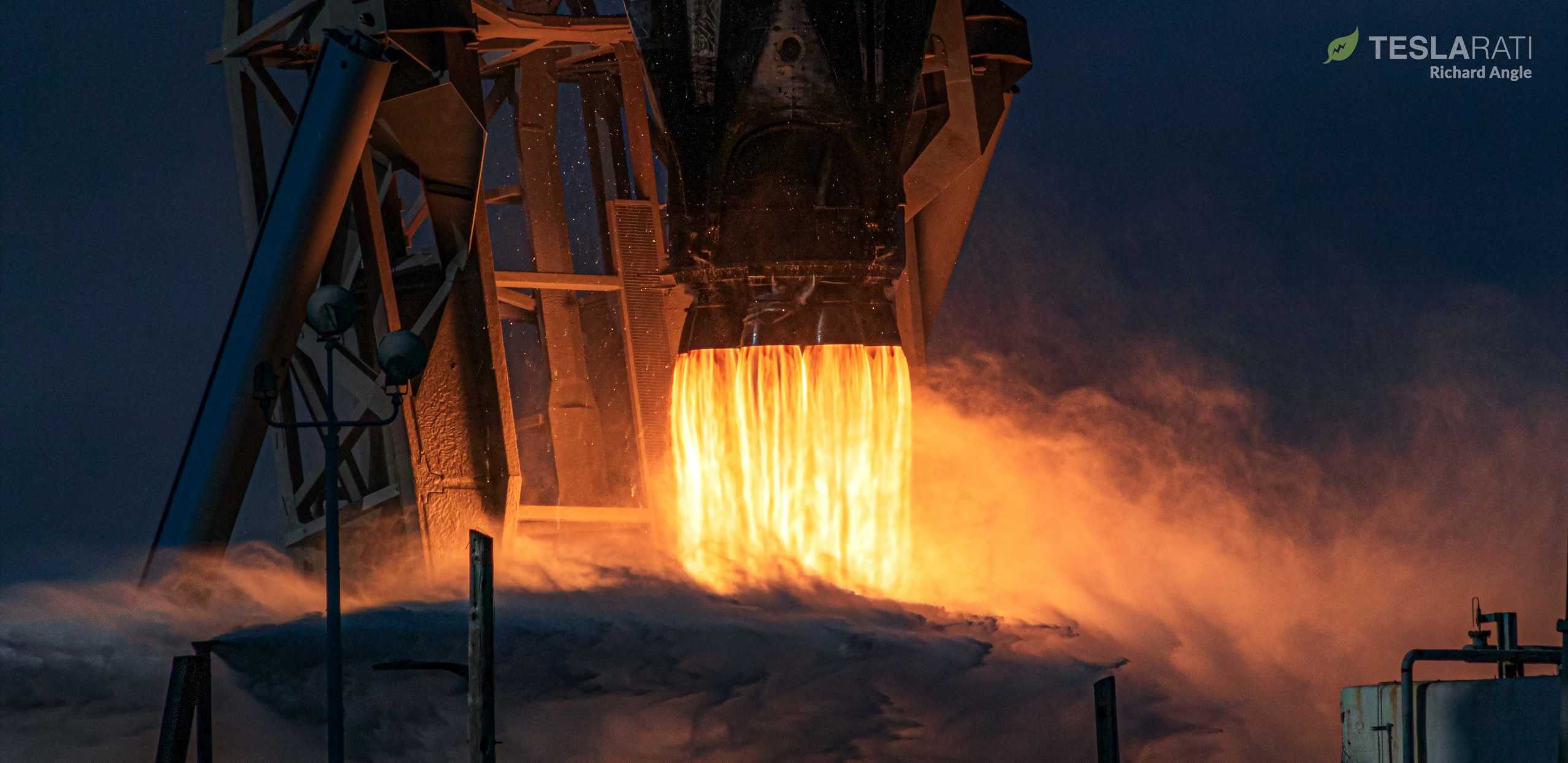
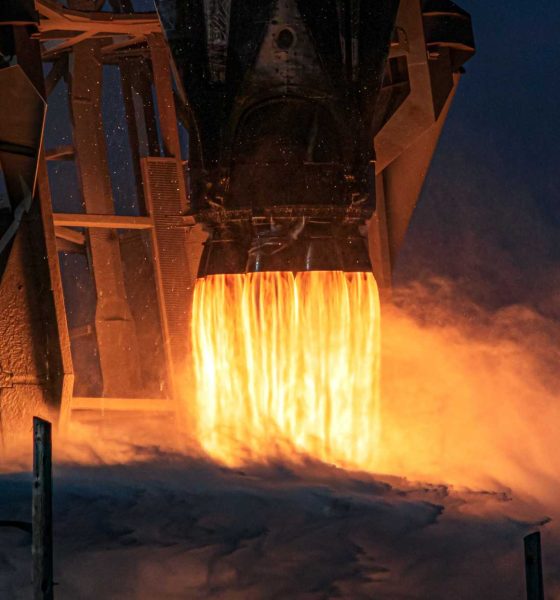
News
SpaceX's next launch ready to go just weeks after in-flight engine failure
Just weeks after SpaceX suffered its first in-flight rocket engine failure since 2012, the company has scheduled its next launch on April 16th.
Set to lift off no earlier than (NET) 5:31 pm EDT (21:31 UTC) from NASA Kennedy Space Center (KSC) Launch Complex 39A (Pad 39A), the mission will be SpaceX’s seventh dedicated launch of 60 Starlink satellites. Known as Starlink-6 in reference to the sixth launch of finalized Starlink v1.0 spacecraft, a successful mission could leave SpaceX with some ~410 operational satellites in orbit – significantly more than twice as big as the next largest constellation.
More importantly, Starlink-6 will mark a sort of return-to-flight for Falcon 9 after booster B1048 suffered an in-flight engine failure and missed its landing attempt on March 18th. While the booster was able to sacrifice itself to ensure that the overall Starlink-5 mission was a success, any in-flight failure is still a significant event in aerospace. To that end, very little is known about the Starlink-5 anomaly, aside from announcements that both NASA and the US Air Force will be paying close attention to the results of SpaceX’s internal investigation. Starlink-6’s imminent launch is now the latest piece of that puzzle, shedding some welcome light on the situation.
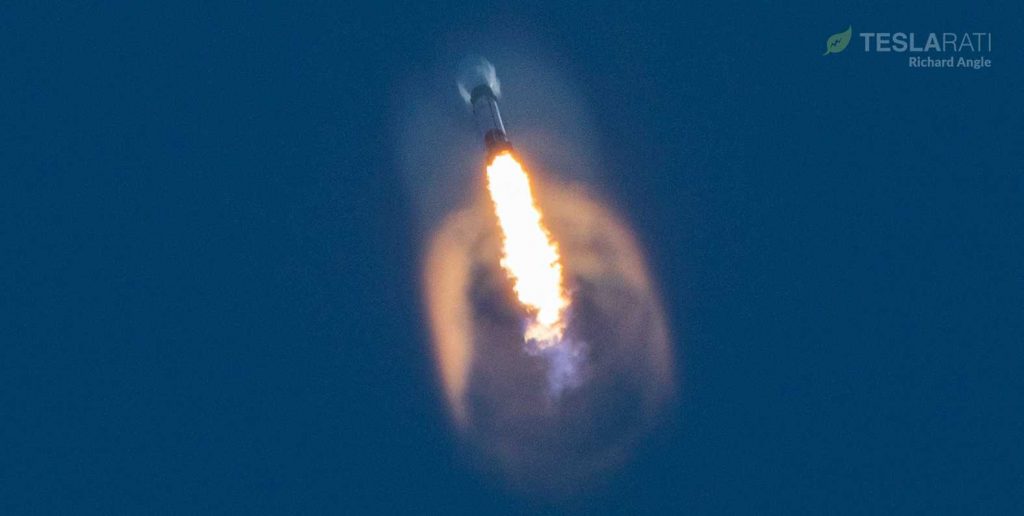
Unsurprisingly, an in-flight Falcon 9 engine failure more than piqued the curiosities of high-profile SpaceX customers like NASA and the US Air Force (and Space Force), both of which have some of the company’s most important launches ever scheduled within the next few months. Most notably, NASA noted on March 25th that the space agency and SpaceX “are holding the current mid-to-late May [target for Crew Dragon’s inaugural astronaut launch] and [will] adjust the date based on review of the [engine failure] data, if appropriate.”
At time of comment, a few aspects of the unfortunate Starlink-5 engine failure were already positioned in SpaceX’s favor. Critically, it was the first time that a flight-proven Falcon 9 booster launched on its fifth orbital-class mission, meaning that the very same booster – B1048 – had already launched four times prior. In aerospace parlance, the mission thus served as a pathfinder for SpaceX’s reusable rocketry technology, venturing into new territory. Since it began internal Starlink launches, SpaceX has used those opportunities to take its most recent reusability leaps without risking customer payloads in the process.
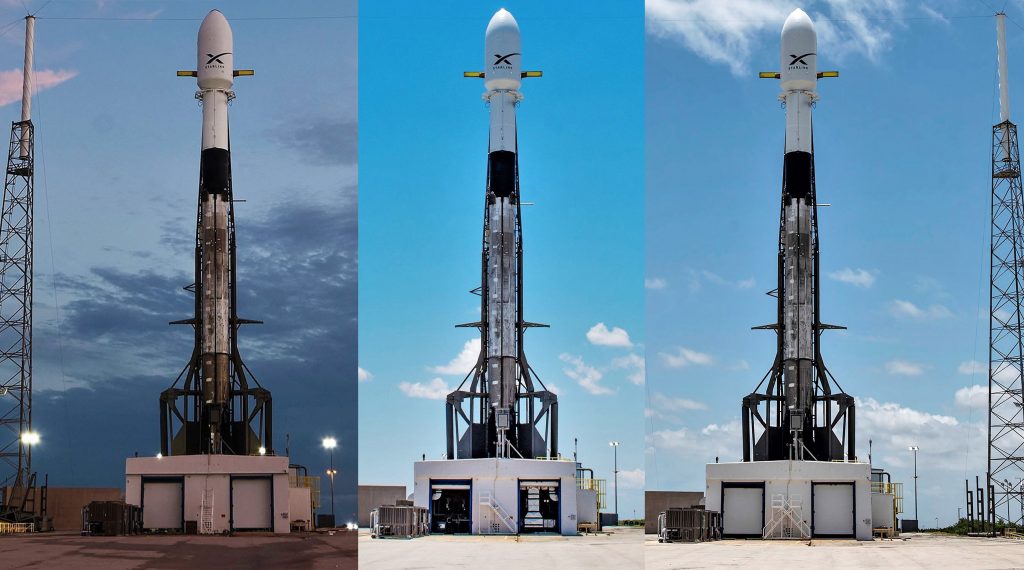
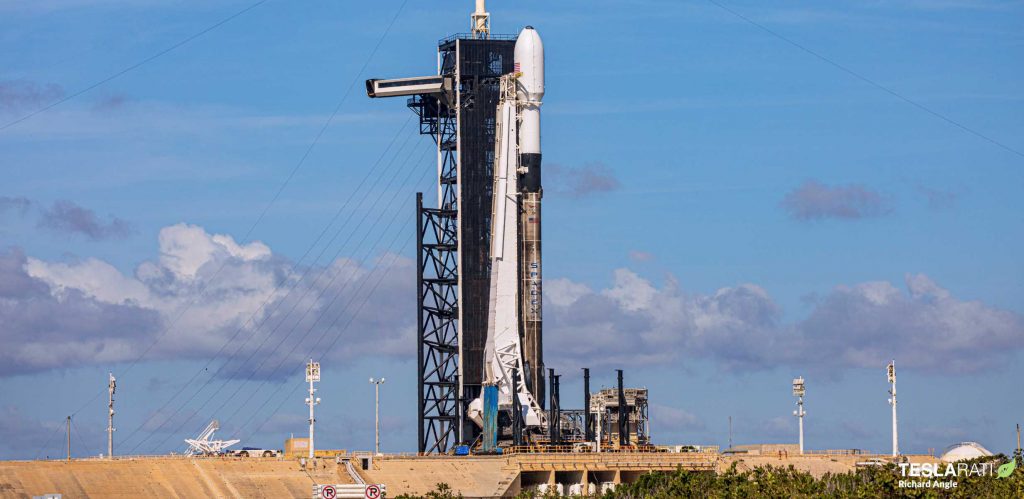
At least for now, neither NASA or the USAF have plans to fly their most valuable payloads on flight-proven Falcon boosters. While that may change over the next several years, it means that SpaceX’s Starlink-5 anomaly and missions like Crew Dragon Demo-2 and GPS III SV03 – both set to fly on new boosters – share much less commonality. Of course, this assumes that B1048’s March 18th engine failure is directly related to the booster’s exceptionally flight-proven nature. Were SpaceX’s investigation to conclude that the fault had nothing to do with multi-launch wear and tear, it would likely ground Falcon 9 and Falcon Heavy indefinitely.
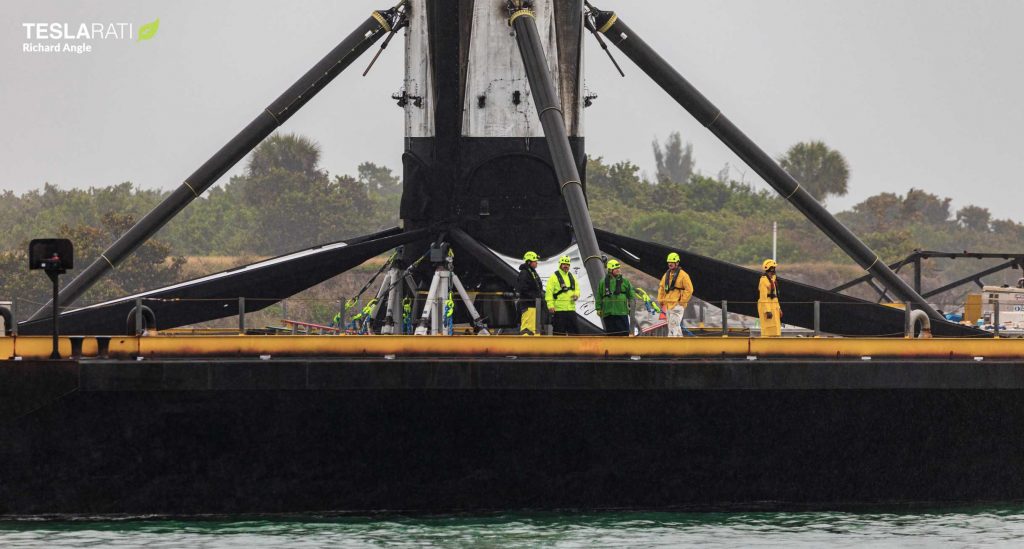
Instead, SpaceX – knowing full-well the potential consequences of two consecutive in-flight failures – has decided to attempt another orbital-class Starlink launch and booster landing less than a month after Starlink-5. To be clear, while SpaceX could choose to throw caution to the wind on an internal launch, it’s doubtful that it would haphazardly take such a substantial risk. Instead, Starlink-6’s April 16th launch date strongly suggests that SpaceX is already reasonably confident that it’s both determined the likely culprit of last month’s engine failure and identified ways to prevent its reoccurrence.

News
Tesla Giga Berlin draws “red line” over IG Metall union’s 35-hour week demands
Factory manager André Thierig has drawn a “red line” against reducing Giga Berlin’s workweek to 35 hours, while highlighting that Tesla has actually increased its workers’ salaries more substantially than other carmakers in the country.

Tesla Giga Berlin has found itself in a new labor dispute in Germany, where union IG Metall is pushing for adoption of a collective agreement to boost wages and implement changes, such as a 35-hour workweek.
In a comment, Giga Berlin manager André Thierig drew a “red line” against reducing Giga Berlin’s workweek to 35 hours, while highlighting that Tesla has actually increased its workers’ salaries more substantially than other carmakers in the country.
Tesla factory manager’s “red line”
Tesla Germany is expected to hold a works council election in 2026, which André Thierig considers very important. As per the Giga Berlin plant manager, Giga Berlin’s plant expansion plans might be put on hold if the election favors the union. He also spoke against some of the changes that IG Metall is seeking to implement in the factory, like a 35-hour week, as noted in an rbb24 report.
“The discussion about a 35-hour week is a red line for me. We will not cross it,” Theirig said.
“(The election) will determine whether we can continue our successful path in the future in an independent, flexible, and unbureaucratic manner. Personally, I cannot imagine that the decision-makers in the USA will continue to push ahead with the factory expansion if the election results favor IG Metall.”
Giga Berlin’s wage increase
IG Metall district manager Jan Otto told the German news agency DPA that without a collective agreement, Tesla’s wages remain significantly below levels at other German car factories. He noted the company excuses this by referencing its lowest pay grade, but added: “The two lowest pay grades are not even used in car factories.”
In response, Tesla noted that it has raised the wages of Gigafactory Berlin’s workers more than their German competitors. Thierig noted that with a collective agreement, Giga Berlin’s workers would have seen a 2% wage increase this year. But thanks to Tesla not being unionized, Gigafactory Berlin workers were able to receive a 4% increase, as noted in a CarUp report.
“There was a wage increase of 2% this year in the current collective agreement. Because we are in a different economic situation than the industry as a whole, we were able to double the wages – by 4%. Since production started, this corresponds to a wage increase of more than 25% in less than four years,” Thierig stated.
News
Tesla is seeing a lot of momentum from young Koreans in their 20s-30s: report
From January to November, young buyers purchased over 21,000 Teslas, putting it far ahead of fellow imported rivals like BMW and Mercedes-Benz.

Tesla has captured the hearts of South Korea’s 20s-30s demographic, emerging as the group’s top-selling imported car brand in 2025. From January to November, young buyers purchased over 21,000 Teslas, putting it far ahead of fellow imported rivals like BMW and Mercedes-Benz.
Industry experts cited by The Economist attributed this “Tesla frenzy” to fandom culture, where buyers prioritize the brand over traditional car attributes, similar to snapping up the latest iPhone.
Model Y dominates among young buyers
Data from the Korea Imported Automobile Association showed that Tesla sold 21,757 vehicles to the 20s-30s demographic through November, compared to BMW’s 13,666 and Mercedes-Benz’s 6,983. The Model Y led the list overwhelmingly, with variants like the standard and Long Range models topping purchases for both young men and women.
Young men bought around 16,000 Teslas, mostly Model Y (over 15,000 units), followed by Model 3. Young women followed a similar pattern, favoring Model Y (3,888 units) and Model 3 (1,083 units). The Cybertruck saw minimal sales in this group.
The Model Y’s appeal lies in its family-friendly SUV design, 400-500 km range, quick acceleration, and spacious cargo, which is ideal for commuting and leisure. The Model 3, on the other hand, serves as an accessible entry point with lower pricing, which is valuable considering the country’s EV subsidies.
The Tesla boom
Experts described Tesla’s popularity as “fandom culture,” where young buyers embrace the brand despite criticisms from skeptics. Professor Lee Ho-geun called Tesla a “typical early adopter brand,” comparing purchases to iPhones.
Professor Kim Pil-soo noted that young people view Tesla more as a gadget than a car, and they are likely drawn by marketing, subsidies, and perceived value. They also tend to overlook news of numerous recalls, which are mostly over-the-air software updates, and controversies tied to the company.
Tesla’s position as Korea’s top import for 2025 seems secured. As noted by the publication, Tesla’s December sales figures have not been reported yet, but market analysts have suggested that Tesla has all but secured the top spot among the country’s imported cars this year.
News
Tesla FSD fleet is nearing 7 billion total miles, including 2.5 billion city miles
As can be seen on Tesla’s official FSD webpage, vehicles equipped with the system have now navigated over 6.99 billion miles.

Tesla’s Full Self-Driving (Supervised) fleet is closing in on almost 7 billion total miles driven, as per data posted by the company on its official FSD webpage.
These figures hint at the massive scale of data fueling Tesla’s rapid FSD improvements, which have been quite notable as of late.
FSD mileage milestones
As can be seen on Tesla’s official FSD webpage, vehicles equipped with the system have now navigated over 6.99 billion miles. Tesla owner and avid FSD tester Whole Mars Catalog also shared a screenshot indicating that from the nearly 7 billion miles traveled by the FSD fleet, more than 2.5 billion miles were driven inside cities.
City miles are particularly valuable for complex urban scenarios like unprotected turns, pedestrian interactions, and traffic lights. This is also the difference-maker for FSD, as only complex solutions, such as Waymo’s self-driving taxis, operate similarly on inner-city streets. And even then, incidents such as the San Francisco blackouts have proven challenging for sensor-rich vehicles like Waymos.
Tesla’s data edge
Tesla has a number of advantages in the autonomous vehicle sector, one of which is the size of its fleet and the number of vehicles training FSD on real-world roads. Tesla’s nearly 7 billion FSD miles then allow the company to roll out updates that make its vehicles behave like they are being driven by experienced drivers, even if they are operating on their own.
So notable are Tesla’s improvements to FSD that NVIDIA Director of Robotics Jim Fan, after experiencing FSD v14, noted that the system is the first AI that passes what he described as a “Physical Turing Test.”
“Despite knowing exactly how robot learning works, I still find it magical watching the steering wheel turn by itself. First it feels surreal, next it becomes routine. Then, like the smartphone, taking it away actively hurts. This is how humanity gets rewired and glued to god-like technologies,” Fan wrote in a post on X.








